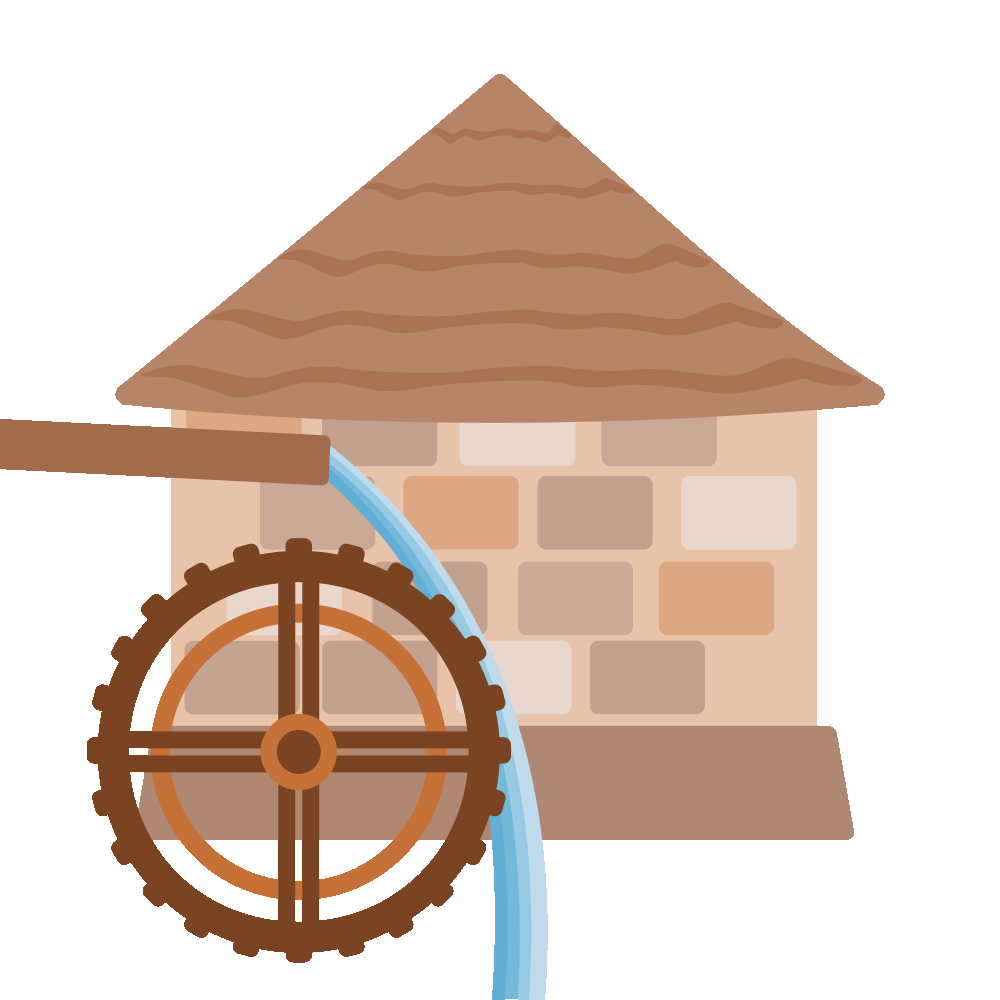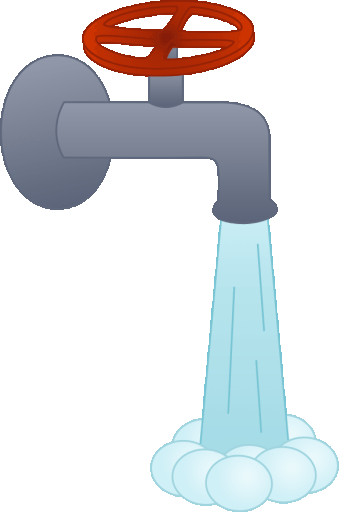
Hey, Curious Thinker!
So far, you’ve learned that:
👉 Everything is made of atoms.
👉 A smart guy named Democritus guessed that thousands of years ago.
But he didn’t see atoms. He just imagined them.
So how do we know he wasn’t just making it up?
Why should we believe atoms are real if we can’t even see them?
Let’s go on a detective adventure to find out! 🕵️
Can We See Atoms with Our Eyes?
Nope.
Not even if you wear your superhero goggles.
Atoms are so small, millions of them can fit on just one tiny dot on this page.
They’re smaller than dust. Smaller than germs. Even smaller than the cells in your body!
So if we can’t see them, how do we know they’re real?
Let’s explore the clues that tell us they are.
Clue #1: Mixing Sugar in Water

Have you ever added sugar to a glass of water?
You stir and stir… and the sugar disappears!
But wait—does that mean the sugar is gone?
No! If you take a sip, it still tastes sweet.
That means the sugar is still in the water. You just can’t see it anymore.
So where did it go?
The answer:
The tiny sugar atoms broke apart and spread out between the water atoms.
That’s why you can’t see them—but you can still taste them.
🧠 Lesson: Atoms are real because we can feel their effect even when we can’t see them.
Clue #2: The Cookie Crumb Test (Again!)
Let’s go back to our cookie.
You break it in half. Then again. And again. Eventually, you have tiny crumbs.
If you had a magic knife and could cut forever, you’d reach a piece that can’t be cut anymore—an atom.
Now let’s say you burn the crumb. It turns black, makes smoke, maybe even melts.
What happened?
The atoms changed. Some flew away (smoke), some stuck together (ash), but nothing “vanished.”
Atoms never disappear. They just rearrange.
🧠 Lesson: Even when things burn or change, the tiny parts are still there—just in a different form.
Clue #3: Brownian Motion—The Wiggle Clue!
Now this is a very cool experiment.
Over 100 years ago, a scientist named Mr. Brown looked through a microscope at tiny pollen seeds floating in water.

He noticed something strange.
The pollen pieces were wiggling and jiggling, even though no one was touching them!
Weird, right?
Why were they moving?
Mr. Brown didn’t know at first. But later, a smart man named Albert Einstein explained it.
Einstein said:
“What if the water is full of invisible atoms? Maybe they’re bumping into the pollen and making it move!”
Like tiny invisible ping pong balls bouncing all over.
And guess what?
Einstein was right.
We couldn’t see the atoms…
But we could see the pollen moving because of them.
🧠 Lesson: Even though we can’t see atoms, we can see what they do.
Clue #4: Balloons and Air Pressure

Here’s a fun one: Blow up a balloon.
Now squeeze it.
It pushes back, right?
That’s because the balloon is filled with air atoms!
You might think air is “nothing,” but it’s actually full of tiny atoms zooming around.
When you squeeze the balloon, those atoms push back harder.
If you keep squeezing… POP! 🎈
That’s a big clue.
If air was truly “nothing,” the balloon would stay flat. But the pushing force shows the air is full of invisible stuff—atoms.
🧠 Lesson: The fact that balloons grow, shrink, and pop shows us that air is made of moving atoms.
Clue #5: Smells Traveling Through Air
Ever walked into a kitchen and smelled cookies before you saw them?
How does that happen?
It’s because atoms from the cookies fly through the air—right into your nose.
Even across a room!
You can’t see them, but your nose can catch them.
That’s why the smell spreads—even if you’re far away.
🧠 Lesson: If atoms weren’t real, smells wouldn’t travel at all!
Clue #6: Heating Things Up
Let’s talk about heat.
Have you ever touched a hot cup of cocoa?
Or felt ice melt in your hand?
Here’s what’s happening:
-
In the cocoa, the atoms are moving super fast
-
In the ice, the atoms are barely moving
When something gets hot, its atoms move faster.
When something gets cold, they slow down.
That’s why hot water boils—it’s full of jumping atoms trying to escape!
That’s also why your hands get warm when you rub them together—you’re making the atoms move more.
🧠 Lesson: Heat is just atoms speeding up. Cold is atoms slowing down.
Clue #7: Crystals and Salt
Have you ever looked closely at salt or sugar?
They’re made of tiny little cubes or shapes. We call those crystals.
Why are they shaped like that?
Because the atoms inside them line up in neat patterns!
Scientists looked at salt crystals under special machines and saw that atoms were sitting in rows—like bricks in a wall.
They can’t see the atoms clearly, but they can tell the shape atoms make when they come together.
🧠 Lesson: The shapes of crystals show us that atoms like to stick together in patterns.
Clue #8: Static Electricity
Have you ever rubbed a balloon on your hair and made it stand up?
What’s happening?
You’re moving tiny invisible particles (electrons, which are part of atoms) from one thing to another.
That movement creates a tiny force—called static electricity.
It’s why socks stick together in the dryer, or why you get a little shock on a cold day.
Even without seeing the particles, we can feel their zap!
🧠 Lesson: Static electricity proves that tiny parts of atoms can move and do things we feel.
Clue #9: Atomic Bombs (A Very Grown-Up Topic)
This one is for when you’re a little older—but it’s important.
A long time ago, during a war, scientists learned how to split atoms apart.
And when they did… it caused an enormous explosion.
Why?
Because atoms hold energy inside them. When split, they release it all at once.
We won’t go into more here, but it’s a powerful example of just how real atoms are.
🧠 Lesson: Atoms are not only real—they are powerful. And that’s why scientists take them seriously.
Clue #10: Super Microscopes (We Can Actually “See” Them Now!)
Today, scientists have built special microscopes so powerful, they can see individual atoms.
These microscopes don’t take regular pictures like your phone.
They use tips smaller than anything, and scan across surfaces like a blind person reading Braille.
And guess what?
The pictures show dots. Tiny bumps. Each one is an atom.
So now, we’ve gone beyond guessing.
We’ve seen them.
🧠 Lesson: Thanks to modern tools, we don’t just believe in atoms—we’ve seen them up close.
Let’s Recap What We Learned
You might not see atoms every day, but these clues prove they’re real:
| Clue | What It Tells Us |
|---|---|
| Sugar in water | Atoms mix and spread, even when we can’t see them |
| Burning crumbs | Atoms don’t disappear—they change form |
| Brownian motion | Invisible atoms bump into things and move them |
| Balloons | Air pushes back because it’s made of atoms |
| Smells | Atoms travel to our nose—even across rooms |
| Heat | Moving atoms create warmth |
| Crystals | Atoms line up in patterns we can measure |
| Static electricity | Parts of atoms move and create forces |
| Powerful energy (bombs) | Atoms can hold and release huge amounts of energy |
| Special microscopes | We can now actually see atoms with the right tools |